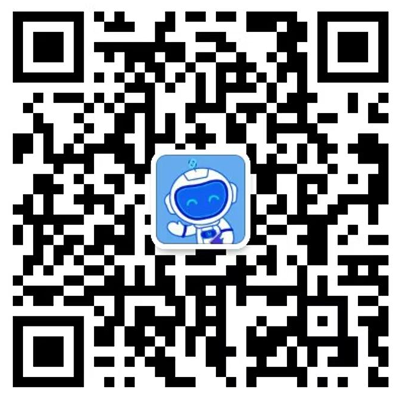手把手带你学会Odoo OWL组件开发(2):OWL的使用
 989 2024-03-14
989 2024-03-14
我们非常重视原创文章,为尊重知识产权并避免潜在的版权问题,我们在此提供文章的摘要供您初步了解。如果您想要查阅更为详尽的内容,访问作者的公众号页面获取完整文章。
摘要:Odoo OWL组件开发入门
本期摘要中,我们继续Odoo OWL组件开发的学习,通过一个简单的“hello world”示例,展示如何在Odoo中使用OWL。
01 Odoo中使用OWL
开发者需要创建一个JavaScript文件(如father.js)和一个XML模板文件(如templates.xml),并在__manifest__.py文件中引入XML模板。示例代码展现了如何定义一个OWL组件,并通过qweb页面渲染该组件。在Odoo中,要创建单页应用,需要使用core和AbstractAction模块,并将组件类注册到Odoo中,使其可以通过菜单项加载。
02 重点
在Odoo中创建单页应用,需要引入core和AbstractAction模块。注册组件类后,Odoo的菜单项可以链接到该页面进行渲染。示例中的代码片段说明了如何将OWL组件与XML模板关联,并实现了声明式渲染。
03 声明式渲染
声明式渲染是指仅需告诉程序期望的结果,而程序自行完成实现。这种方式使DOM能够随着数据的更新而自动更新视图。与之相对的命令式编程,则需要开发者详细指导程序如何操作DOM。
前端主流框架如Vue和React均采用声明式渲染,因为这种方式代码更简洁,逻辑清晰,并易于扩展。示例中展示了如何在Odoo OWL中声明变量并渲染它们。
04 弹窗案例(OWL)
OWL是Odoo专门开发的,使用了qweb语法。示例中提供了一个简单的弹窗组件的开发方法,包括XML模板的创建和相应的JavaScript代码实现。还提供了用于呈现弹窗样式的CSS代码。
结语
本期内容到此结束,如有疑问可加群交流。关注神州数码云基地编程大法,获取更多技术干货。
往期精选包括Odoo流程图创建、Odoo OWL组件开发入门和Odoo业务系统序列号创建等。
想要了解更多内容?


白皮书上线








